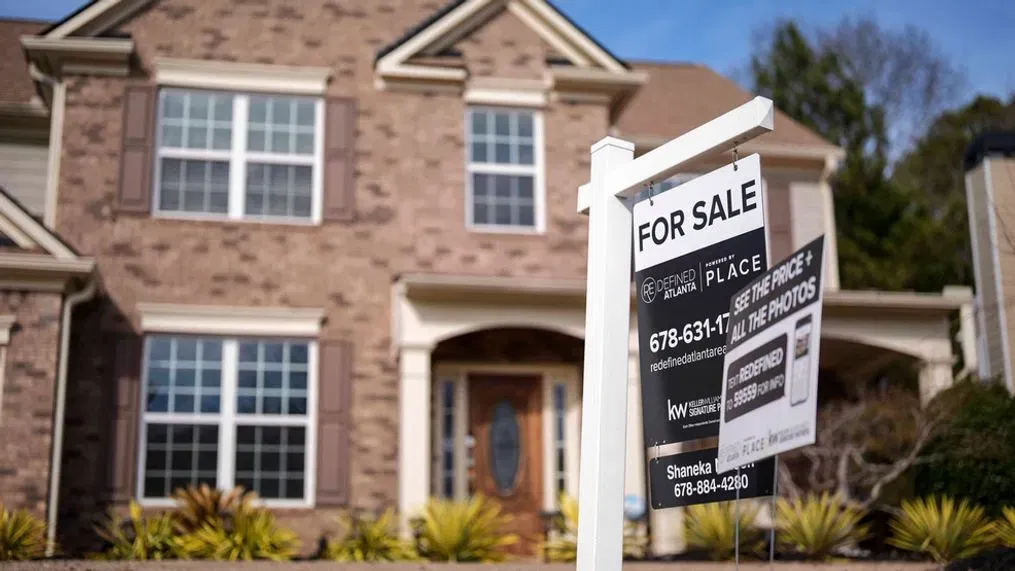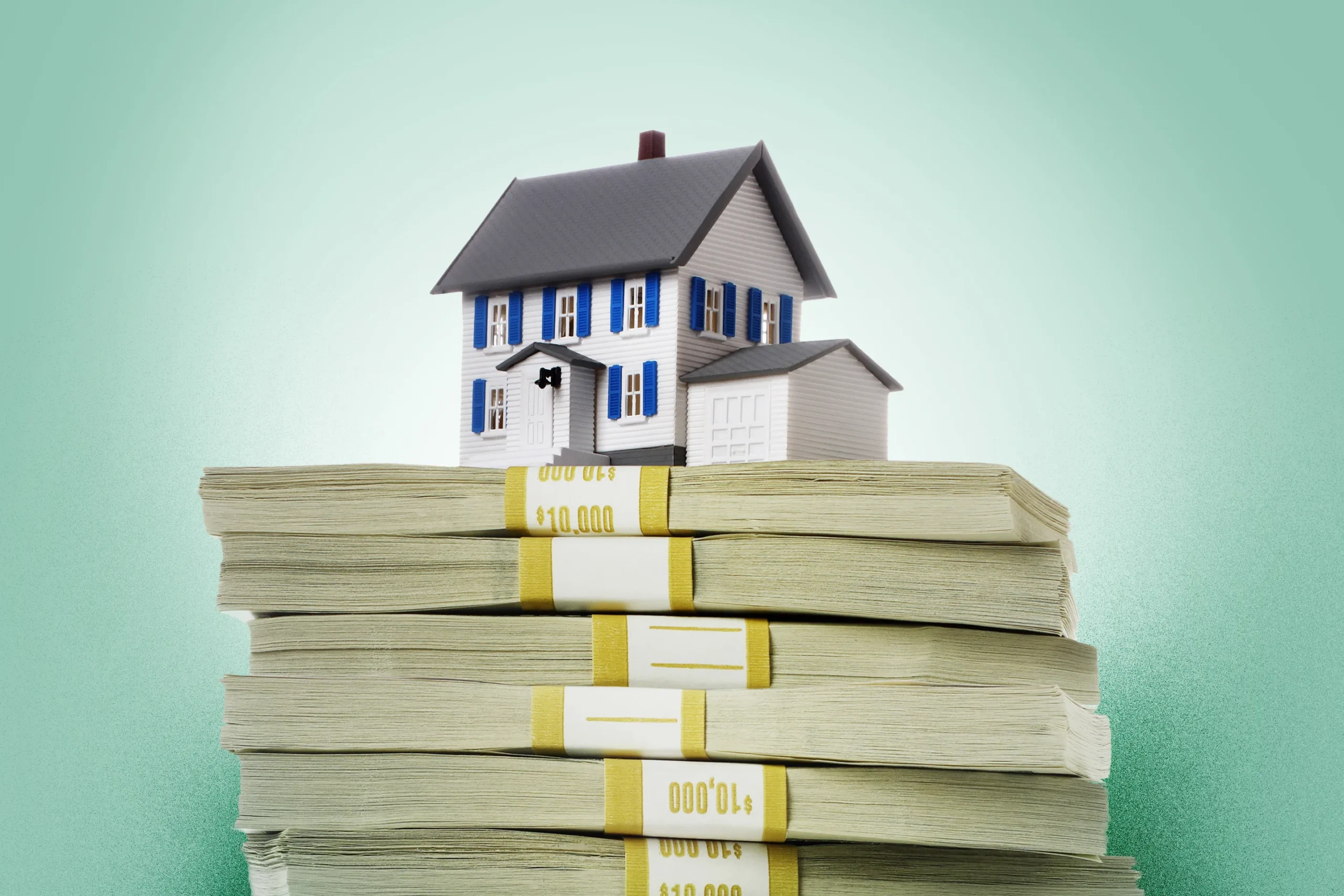If you’re hoping to buy a home in today’s market, brace yourself: you’ll need to earn nearly 70% more than buyers did just six years ago.
Back in 2019, a typical American family could afford a median-priced home with far less. Fast forward to April 2025, and the national household income needed to afford such a home has ballooned, by a staggering $47,000.
The Math Behind the Dream

To comfortably purchase a home listed at April’s median price of $431,250, a household would now need to earn around $114,000 a year. That’s based on a conventional 30-year fixed mortgage, putting 20% down, and following the “30% rule” a financial guideline suggesting you spend no more than 30% of your income on housing.
Translation? Your pre-tax monthly income would need to be about $9,500 just to stay within that affordability bracket.
But there’s a glaring issue: most families fall well short.
Reality Check: The Income Gap Widens
According to the U.S. Census Bureau, the median household income in 2023 was just over $80,600. That’s roughly 41% below what’s now required to buy the typical home.
It’s not just a slight mismatch, it’s a gulf.
A Glimmer of Stability—But No Relief

Here’s the only silver lining: over the last year, the income required to buy a home hasn’t gone up much.
That’s because mortgage rates and home prices have largely remained steady. No relief, but at least no further escalation.
“While the income needed to purchase a home has leveled off nationally over the past year,” says Chief Economist Danielle Hale.
“it remains significantly higher than before the [COVID-19] pandemic, underscoring the ongoing challenge of affordability even as market conditions gradually rebalance.”
The Big Picture: Buyers Are Still Squeezed
Even as the housing market shows signs of stabilization, buyers are far from catching a break. The gap between what Americans earn and what it takes to own a home keeps stretching, threatening to turn homeownership from a goal into a luxury.



